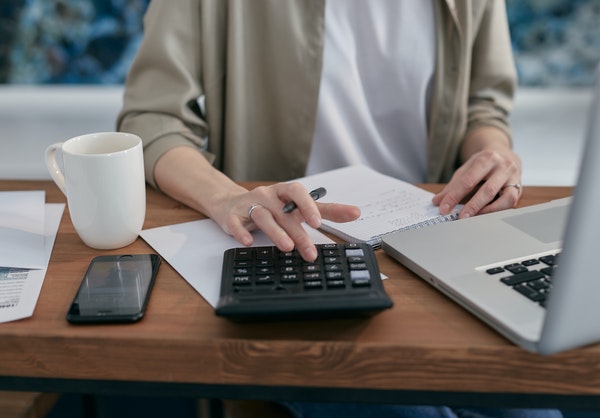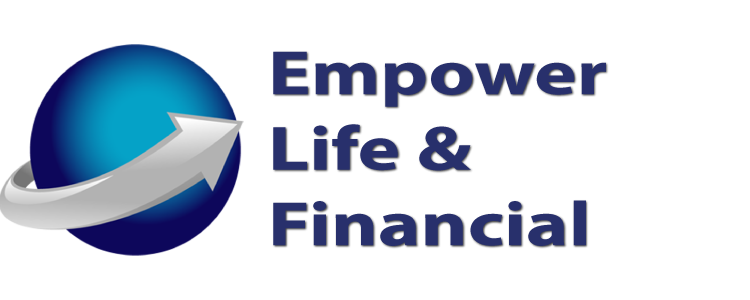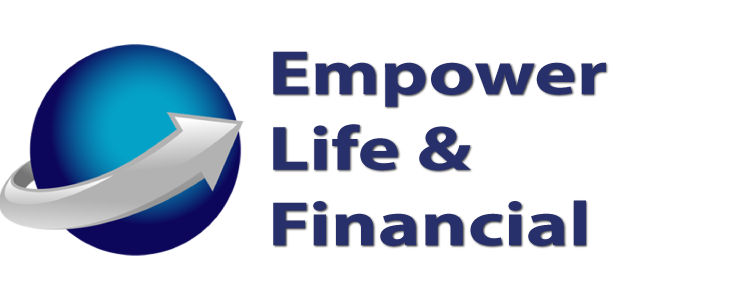
Photo by Mikhail Nilov from Pexels.
Most of us have been taught that we should always avoid debt. However, there are some forms of debt that can actually help us in the long run. Understanding the difference between good and bad debt is vital to making important financial decisions and bettering your chances of future stability.
What is good debt?
If you have ever heard of the expression “you need to lose money to make money,” then you are already on your way to understanding good debt! Good debt is any debt that you acquire that allows you to bring in additional income or build your net worth. There are some definite things that are worth taking out a loan for, and they include:
- Education: Choosing what to get a degree in, most but not all times, has a lot to do with earning potential. Those who have a four-year degree are usually going to be paid more than their high-school level counterparts and education means an easier time finding employment. However, while there are lucrative degrees, some degrees do not promise much in terms of compensation after graduation. If you’re going into debt to attend a university, be sure that it’s a debt you’ll be able to pay off with your later degree.
- Your Business: Starting your own business is an enormous investment– and a gamble! If everything works out and the business grows, there are amazing benefits such as being able to support your family on a good idea, or making a profit should you choose to sell. Multi-million dollar companies all started with CEOs who are glad they took the risk and went into debt to open up shop.
- Your Home: Taking out a mortgage is a large debt that will pay off if and when you decide to sell. Similarly, owning your own home can be used to generate income by renting out the property to tenants.
What is bad debt?
On the other hand, bad debt is any borrowing that is done to purchase “depreciating assets.” These are things that will lose value over time and not garner income. Forms of bad debt include:
- Cars: Reliable, fast transportation is essential to most day-to-day activities in the United States, therefore, it’s close to impossible to operate without car. However, cars lose value as soon as they are driven off of the seller’s lot. To purchase a vehicle the smart way, you will want to find a car loan with low or no interest. If you must pay into a depreciating asset, at least ensure that you aren’t overburdening yourself with interest payments.
- Clothes and other miscellaneous purchases: A lot of the clothes, books, household goods, furniture, and digital devices that we purchase aren’t worth the selling price. While we need many of these things, you should not be putting yourself into credit card debt to purchase the newest or trendiest goods. If you must use a credit card for the occasional shopping day, make sure you are being consistent with payments.
Whichever form of debt you take on, you should have a plan that ensures you are able to make the monthly payments and remain in good financial standing.
Life Insurance Questions?
We hope that this information on good and bad debt is useful to you.
If you’d like to learn how we can help you plan your retirement, call Empower Brokerage at (888) 539-1633 to speak to one of our Life and Annuity experts or leave a comment down below.
Get affordable life insurance quotes by clicking here.
See our other websites:

